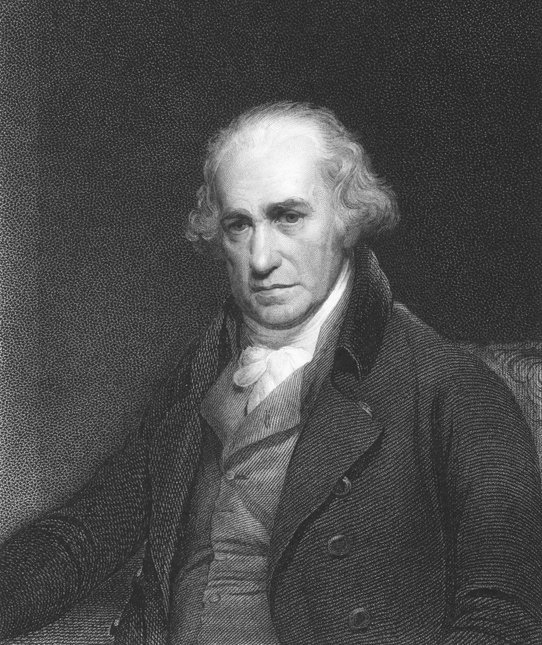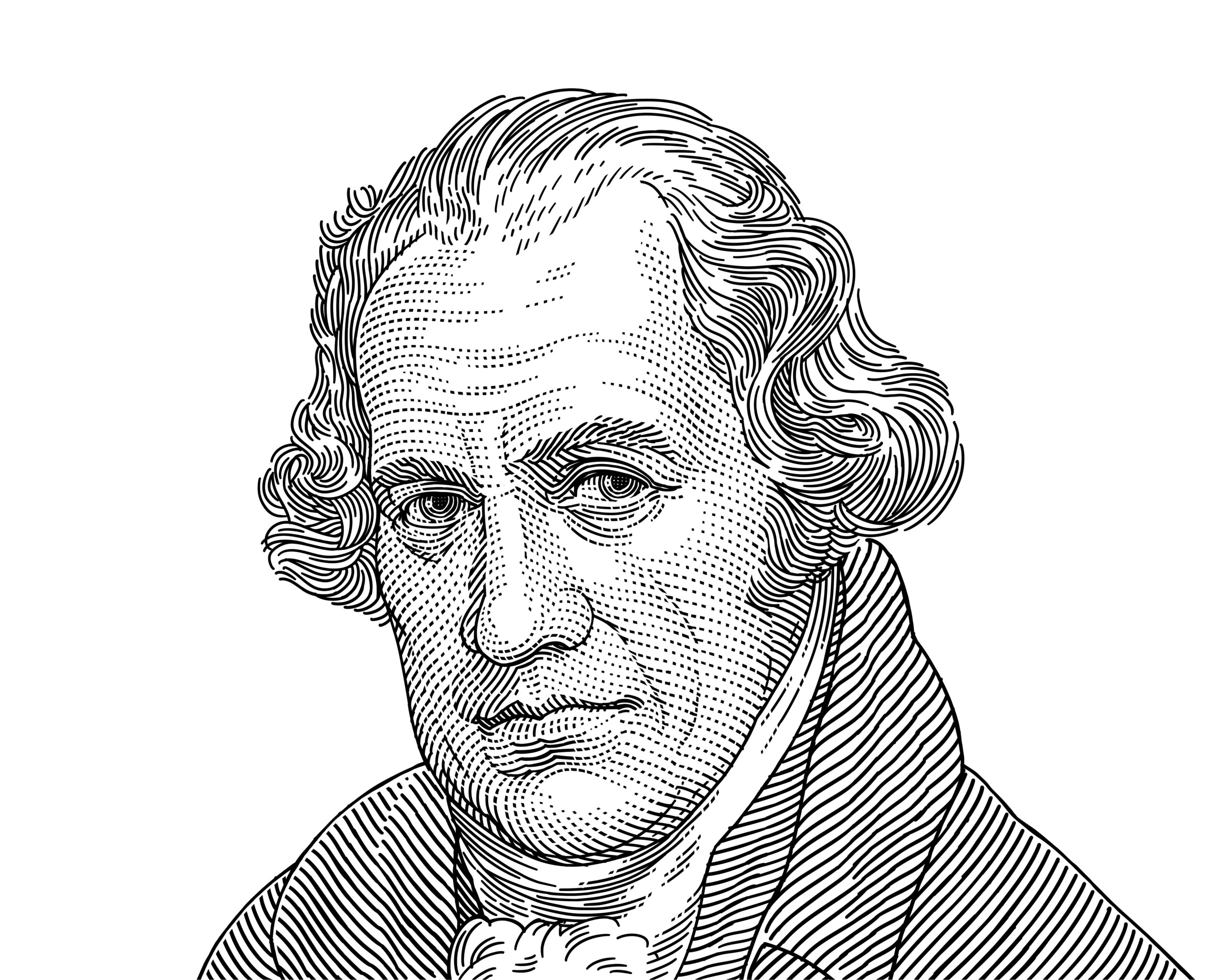Today marks the 13th installment in a series of articles by HumanProgress.org titled, Heroes of Progress. This bi-weekly column provides a short introduction to heroes who have made an extraordinary contribution to the wellbeing of humanity. You can find the 12th part of this series here.
Our 13th Hero of Progress is James Watt, the 18th century Scottish engineer and inventor who enhanced the design of the steam engine. Watt’s steam engine made energy supply more efficient and reliable than ever before. It was fundamental to kick-starting the Industrial Revolution.
James Watt was born on January 19, 1736 in Renfrewshire, Scotland. His father was a successful shipbuilder and Watt later reminisced that growing up around his father’s workshop proved a profound influence in his educational goals and career trajectory. Due to suffering from bouts of illness as a child, Watt was mostly homeschooled.
When he was 18, Watt’s mother passed away, and the future inventor travelled to London to study mathematical instrument making, which involved learning to build and repair devices such as quadrants, compasses, and scales. After a year in London, Watt returned to Scotland where he produced and repaired mathematical instruments. Watt eventually opened a mathematical instrument shop in 1757 at the University of Glasgow.
In 1764, Watt as given a Newcomen steam engine to repair at his workshop. This was an older engine that was invented in 1712. The Newcomen engine operated by condensing steam in a cylinder, which in turn creates enough push to power a piston. While fixing the engine, he observed that a lot of the steam was wasted due to the machine’s single cylinder design. As pressure in the engine was created by cooling of the steam, Watt realized that having to repeatedly heat and cool the same cylinder wasted more than three-quarters of the steam’s thermal energy.
To remedy this inefficiency, Watt created a design that saw steam condensed in a chamber that was separated from the cylinder in 1765. This was revolutionary. Unlike the Newcomen’s engine, which wasted energy by repeatedly heating and cooling the same cylinder, Watt’s engine kept the cylinder at a stable temperature as the steam condensed in separate chamber.
However, due to lack of capital, Watt faced difficulties in constructing a full scale-engine. With investment from Joseph Black, a University of Glasgow physician, Watt was successful in creating a small test engine in 1766. A year later Watt entered a business partnership with John Roebuck. In 1769, Watt and Roebuck took out their famous patent for “A New Invented Method of Lessening the Consumption of Steam and Fuel in Fire Engines.”
Unfortunately, acquiring the patent bled Watt’s monetary funds dry. Therefore, he was forced to take on alternate employment – first as a surveyor and then as a civil engineer.
Seven years later, Watt’s old business partner went bankrupt and an English manufacturer named Matthew Boulton acquired Roebuck’s patent rights. Through Boulton, Watt returned to working full-time on his engine.
Together, the two men founded the Boulton and Watt manufacturing firm, and Watt spent the next several years improving the efficiency and cost of his engine. Watt’s first profitable dual-cylinder steam engine came on the market on March 8, 1776, a day before Adam Smith’s Wealth of Nations was first published. Little did the two Scotsmen know that they were about to change the world forever.
The demand for Watt’s engine grew and it was quickly adopted across multiple industries, including rotary machines that were used in cotton mills, which supplied cheap clothing to the masses for the first time. Ultimately Watt’s design turned the steam engine from a machine of “marginal efficiency into the mechanical workhorse of the Industrial Revolution.”

In 1800, once the patent on the steam engine expired, Watt retired. On August 15, 1819 Watt died at the age of 83 in in Birmingham, England. Watt was honored with numerous awards during his lifetime, including fellowship of both the Royal Society of London and Edinburgh. In 1960, the watt (W) unit of power was named after him. In 2009, the Bank of England put Watt’s face on the new British £50 note.
Industrialization has lifted hundreds of millions of people out of poverty. Today, all developed countries have gone through the process of industrialization, a phenomenon that would not have occurred without the Watt engine and it is for that reason that James Watt is deservedly our 13th Hero of Progress.

